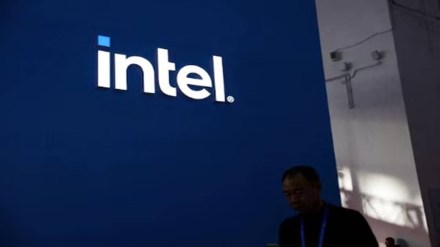Intel has announced on Thursday that it would reduce more than 15 per cent of its workforce, or about 17,500 people, and suspend its dividend beginning in the fourth quarter as the chipmaker pursues a turnaround focused on its money-losing manufacturing unit. “I need less people at headquarters, more people in the field, supporting customers. Our objective is to pay a competitive dividend over time, but right now, focusing on the balance sheet, deleveraging,” CEO Pat Gelsinger told Reuters.
It also anticipated third-quarter revenue below market expectations, owing to a reduction in investment on traditional data centre semiconductors and a shift towards AI chips, where it lags competitors.
Intel, which employed 116,500 people as of June 29, excluding some subsidiaries, said the majority of the job cuts would be completed by the end of 2024. In April, it declared a quarterly dividend of 12.5 cents per share.
On Thursday, Intel announced it would cut operating expenses and reduce capital expenditure by more than $10 billion in 2025, more than it initially planned. “A $10 billion cost reduction plan shows that management is willing to take strong and drastic measures to right the ship and fix problems. But we are all asking, ‘is it enough’ and is it a bit of a late reaction considering that CEO Gelsinger has been at the helm for over three years?” Michael Schulman, chief investment officer of Running Point Capital said.
Furthermore, Intel’s shares in prolonged trading fell 20 per cent, causing the chipmaker to lose more than $24 billion in market value. Thursday’s 7 per cent decline in the shares coincided with a decline in American chip equities following Arm Holdings’ cautious prediction on Wednesday. In addition to this, Artificial intelligence (AI) heavyweight Nvidia and smaller competitor AMD both saw increases after hours, highlighting how well-positioned they were to benefit from the rise in AI and Intel’s relative disadvantage.
Intel’s lagging position in the market for AI chips has sent its shares down more than 40 per cent so far this year. For the third quarter, Intel expects revenue of $12.5 billion to $13.5 billion, compared with analysts’ average estimate of $14.35 billion, LSEG data showed. It forecast adjusted gross margin of 38 per cent, well short of market expectations of 45.7 per cent.
(with inputs from Reuters)
